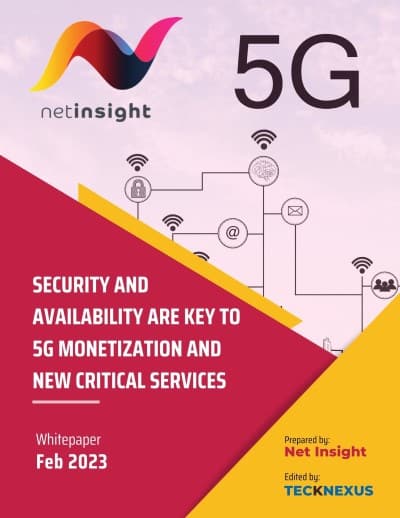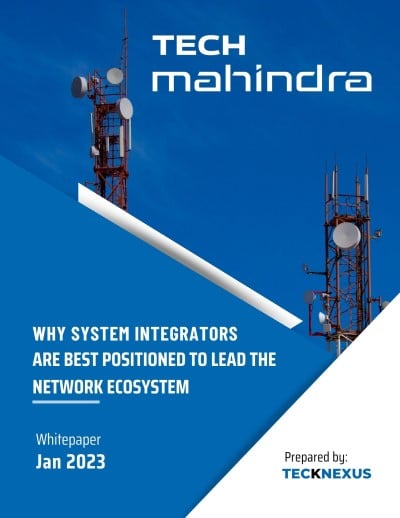New Global Study Highlights Key Challenges and Opportunities
A new report by Economist Impact, sponsored by SAS, underscores that government productivity reforms require more than just technology. While AI and digital transformation play a critical role, the report emphasizes that organizational culture, employee engagement, and adaptive structures are equally important for success.
The report, Reimagining the Future of Public Sector Productivity, comes as AI adoption accelerates in government agencies worldwide. The study is based on a survey of 1,550+ public sector employees across 26 countries, along with expert interviews from government, academia, and international organizations.
The Productivity Imperative: Why AI Matters for Governments
Governments worldwide face increasing challenges, including aging populations, climate change, economic instability, and rising public service demands. Public sector spending now accounts for one-third of global GDP, making efficiency gains a top priority.
While AI-driven automation promises efficiency, the study highlights that technology alone isn’t enough. Adaptive organizational structures and employee buy-in are essential to unlocking productivity benefits.
“Technology alone won’t unlock productivity in government,” said Jennifer Robinson, Global Government Strategic Advisor at SAS. “A culture that embraces change and incremental improvements over time is critical.”
Key Findings: The Intersection of AI, Digital Transformation, and Culture
The report outlines several critical takeaways:
1. AI and Digital Transformation Are Essential but Not Sufficient
Governments have invested heavily in e-government platforms, data-driven services, and AI, but these efforts must be coupled with organizational redesign.
- 60% of respondents cited adaptive organizational design as critical for productivity reform.
- 58% identified digital transformation as an essential strategy, but not a standalone solution.
- Agencies that have implemented both saw greater success in productivity improvements.
2. AI’s Most Impactful Use Cases: Predictive Analytics and Cybersecurity
Governments are exploring AI in several areas, with predictive analytics and fraud prevention emerging as top priorities:
- 66% of respondents cited predictive analytics as the most valuable AI application, used for risk prevention, crisis response, and operational efficiency.
- 54% highlighted cybersecurity and fraud detection, as AI helps combat financial crimes, detect anomalies, and protect critical infrastructure.
AI-driven scenario simulations are also being used for disaster preparedness, such as:
- Australia’s Victoria government, which uses AI to predict hazardous waste management needs.
- Indonesia’s flood prevention system, which uses AI to deploy water pumps before disasters strike.
3. Budget Constraints and Risk Aversion Slow AI Adoption
Governments are cautious adopters, with 70% of respondents stating their agencies only implement AI after it has been proven elsewhere. Key barriers include:
- Budget limitations (64%) – Many agencies lack funding for large-scale AI adoption.
- Data privacy concerns (75%) – AI implementation must comply with strict regulations.
- Lack of clear productivity metrics (47%) – Many agencies struggle to quantify AI’s impact.
4. AI Procurement Needs a New Approach
Traditional government procurement models aren’t well-suited for AI, which requires:
- Continuous updates and customization rather than one-time purchases.
- Specialized expertise to evaluate AI solutions effectively.
- Greater collaboration with external tech providers – 49% of respondents said outsourcing to AI suppliers is one of the most effective ways to boost productivity.
Countries like Denmark are pioneering public-private AI collaboration, streamlining procurement to make government AI adoption more efficient and accessible.
5. Employee Engagement is Critical for AI Success
Many government workers feel disconnected from AI adoption efforts, which can lead to resistance:
- Only 15% of respondents said employees are involved in determining AI needs.
- Only 14% said employees are included in selecting AI technologies.
- 36% said employees participate in AI implementation, highlighting a lack of engagement.
Without employee buy-in, AI adoption can fail. The report recommends:
- Involving public sector workers in AI design to ensure solutions meet their needs.
- Providing training on AI tools to build confidence and improve adoption.
- Framing AI as a tool to enhance public services, rather than as a cost-cutting measure.
6. Incremental AI Adoption Yields the Best Results
Governments can’t afford large-scale AI failures, making gradual implementation a preferred strategy.
- Experts warn against “big-bang” AI transformations, which often fail due to complexity.
- Instead, agencies should focus on small, proven AI deployments that deliver measurable benefits.
- Incremental AI adoption allows for adjustments and continuous improvement.
7. AI in Government Improves Both Employee and Citizen Satisfaction
AI-powered productivity reforms don’t just improve efficiency—they also enhance public trust and service quality:
- 58% of agencies measure productivity by employee satisfaction—reducing burnout and workloads is key.
- 56% measure success by citizen satisfaction—AI-driven automation improves response times and accessibility.
Real-World AI in Government: Success Stories
The report features case studies of AI improving government productivity:
- Air Force Research Laboratory – Uses AI for administrative automation and AI education.
- Los Alamos National Laboratory – Leverages AI for scientific research and bioscience innovation.
- State of Minnesota – Uses AI-powered translation services, cutting costs and improving accessibility.
- Commonwealth of Pennsylvania – AI pilot program saved employees 105 minutes per day on routine tasks.
Moving Forward: AI as a Catalyst for Public Sector Transformation
Governments must balance AI innovation with cultural and structural change to unlock true productivity gains. Key recommendations include:
- Leverage AI for risk prevention and cybersecurity, ensuring safe and secure implementation.
- Revamp AI procurement models, allowing for ongoing updates and customization.
- Engage employees in AI adoption, providing training and inclusion in decision-making.
- Adopt an incremental approach, testing small-scale AI deployments before expansion.
- Focus on AI’s role in improving public services, rather than just cutting costs.
With AI adoption accelerating, public sector leaders have a unique opportunity to harness AI’s potential while ensuring ethical, transparent, and citizen-centered implementation. By balancing technology with organizational culture, governments can deliver more efficient, responsive, and effective public services in the AI era.
Join the Conversation: Upcoming AI & Government Productivity Webinar
To explore these insights further, SAS Executive Vice President Gavin Day will be joined by:
Luis Felipe Montero (Former Secretary of Digital Government, Brazil)
Kelly Ommundsen (Head of Digital Inclusion, World Economic Forum)
Morten Elbæk Petersen (Director, Denmark’s National Health Portal)
Jeremy Kingsley (Global Lead, Strategic Foresight, Economist Impact)
February 13, 2025
Unlocking Global Gains: Elevating Public Sector Productivity through Digital Innovation
Read the full report and register for the webinar to learn how AI can drive transformative productivity improvements in the public sector.




























